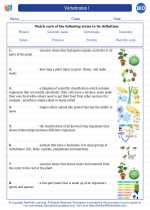Solar System
The solar system is a collection of celestial bodies that are bound together by gravity. It consists of the Sun, eight planets, their moons, and other objects such as asteroids and comets.
Sun
The Sun is the star at the center of the solar system. It is a nearly perfect sphere of hot plasma, with internal convective motion that generates a magnetic field via a dynamo process.
Planets
There are eight planets in the solar system, categorized into two groups: terrestrial planets (Mercury, Venus, Earth, and Mars) and gas giants (Jupiter, Saturn, Uranus, and Neptune).
Moons
Many of the planets in the solar system have moons or natural satellites. For example, Earth has one moon, while Jupiter has over 70 moons.
Other Objects
In addition to planets and moons, the solar system contains other objects such as asteroids, comets, and dwarf planets like Pluto.
Study Guide
Here are some key points to remember when studying the solar system:
- Identify the order of the planets from the Sun outward.
- Understand the differences between terrestrial planets and gas giants.
- Learn about the characteristics of the Sun and its role in the solar system.
- Explore the moons of different planets and their unique features.
- Research the other objects in the solar system, such as asteroids and comets.
[Solar System] Related Worksheets and Study Guides:
.◂Biology Worksheets and Study Guides High School. Vertebrates I
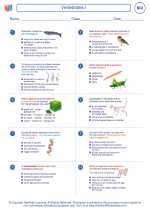
 Worksheet/Answer key
Worksheet/Answer key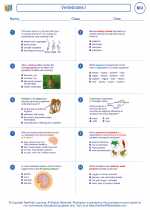
 Worksheet/Answer key
Worksheet/Answer key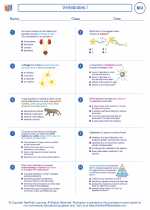
 Vocabulary/Answer key
Vocabulary/Answer key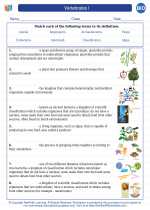
 Vocabulary/Answer key
Vocabulary/Answer key
 Vocabulary/Answer key
Vocabulary/Answer key